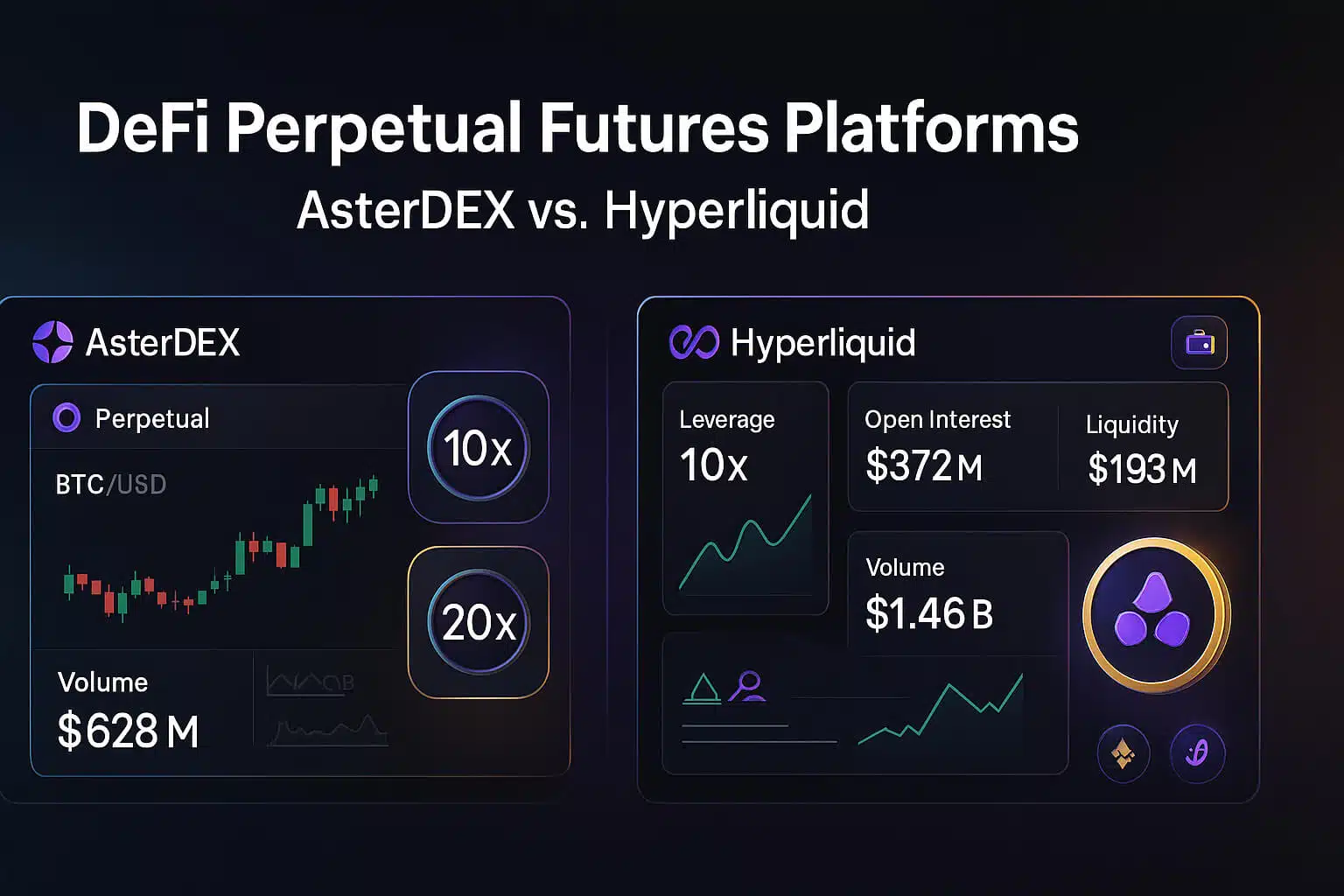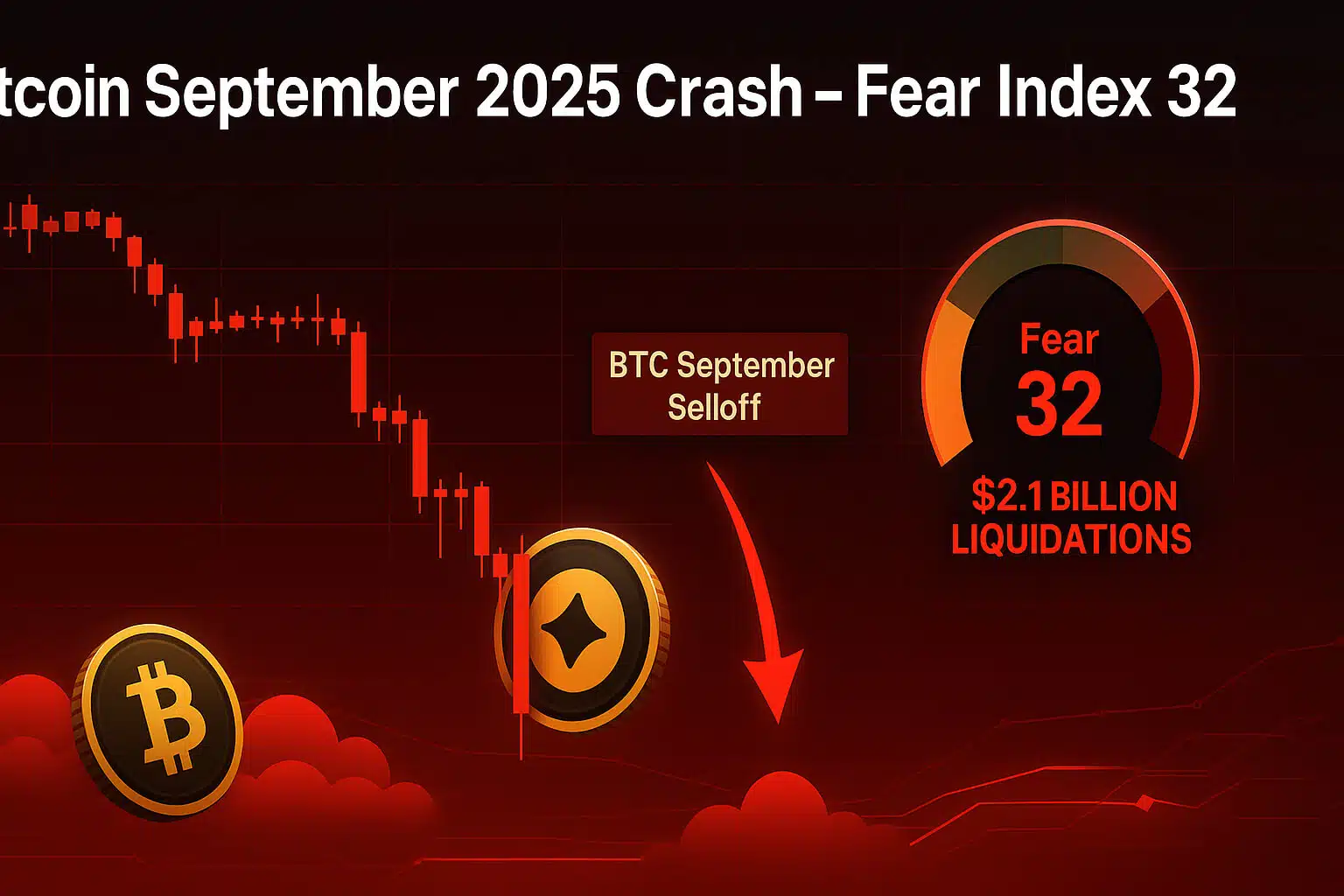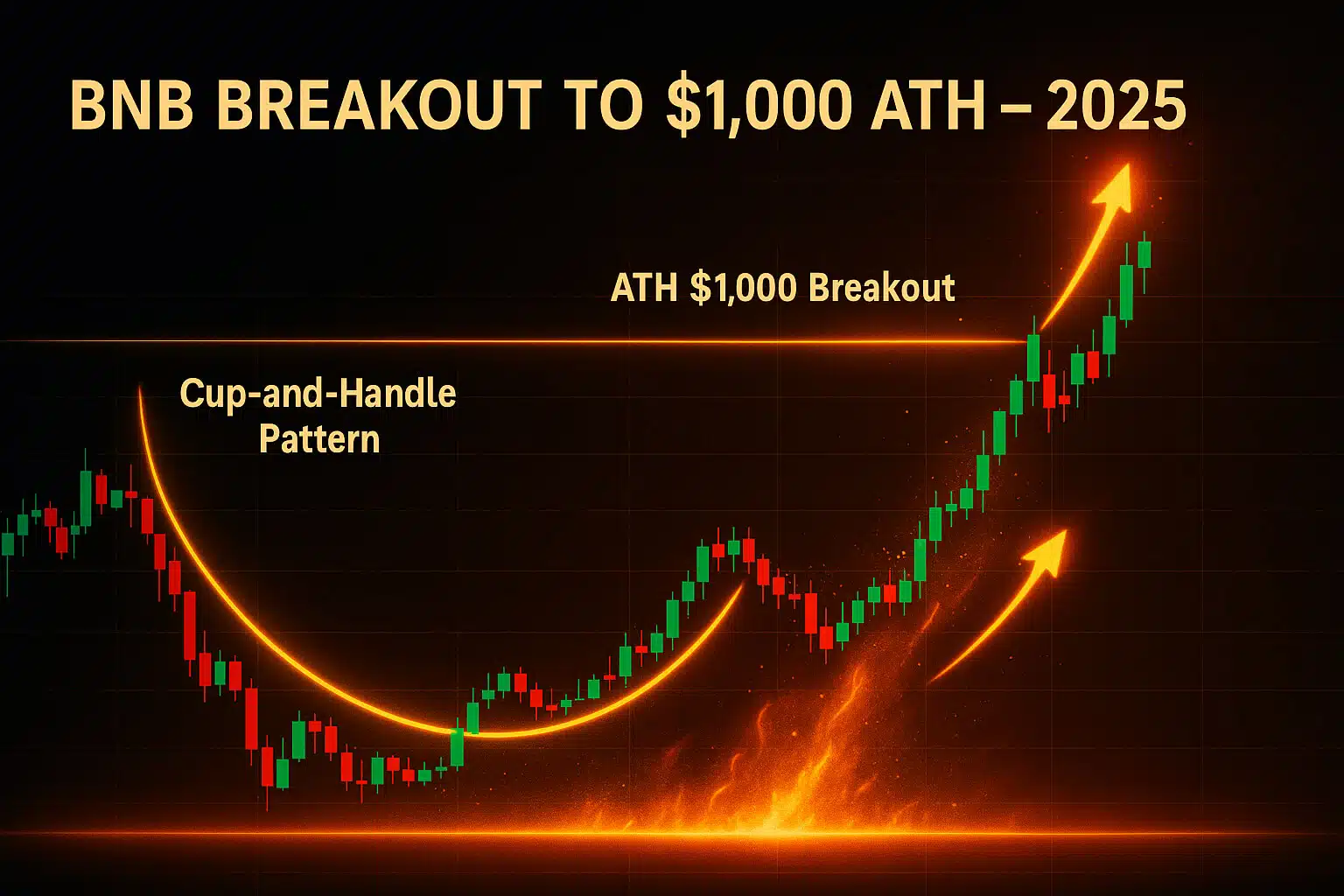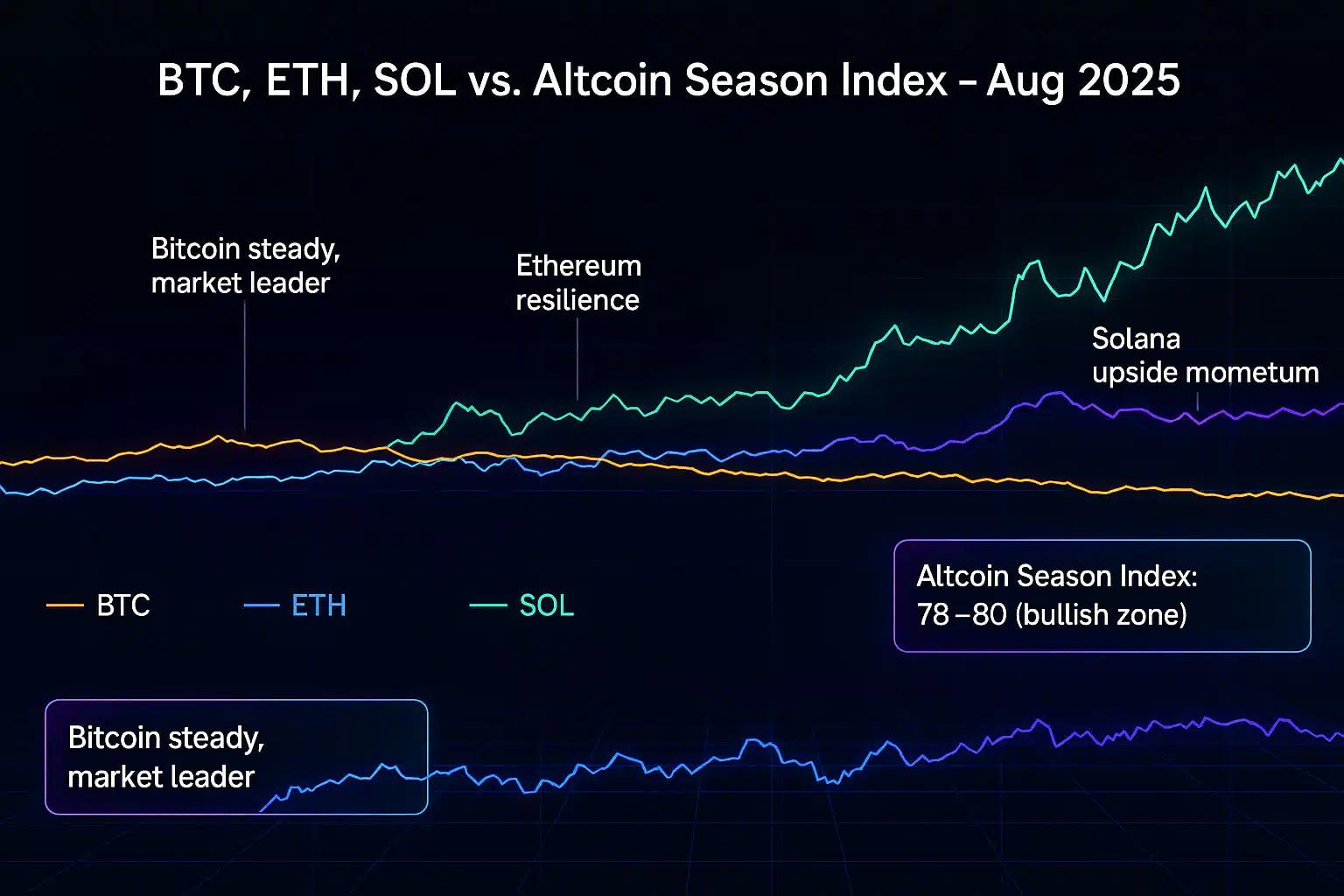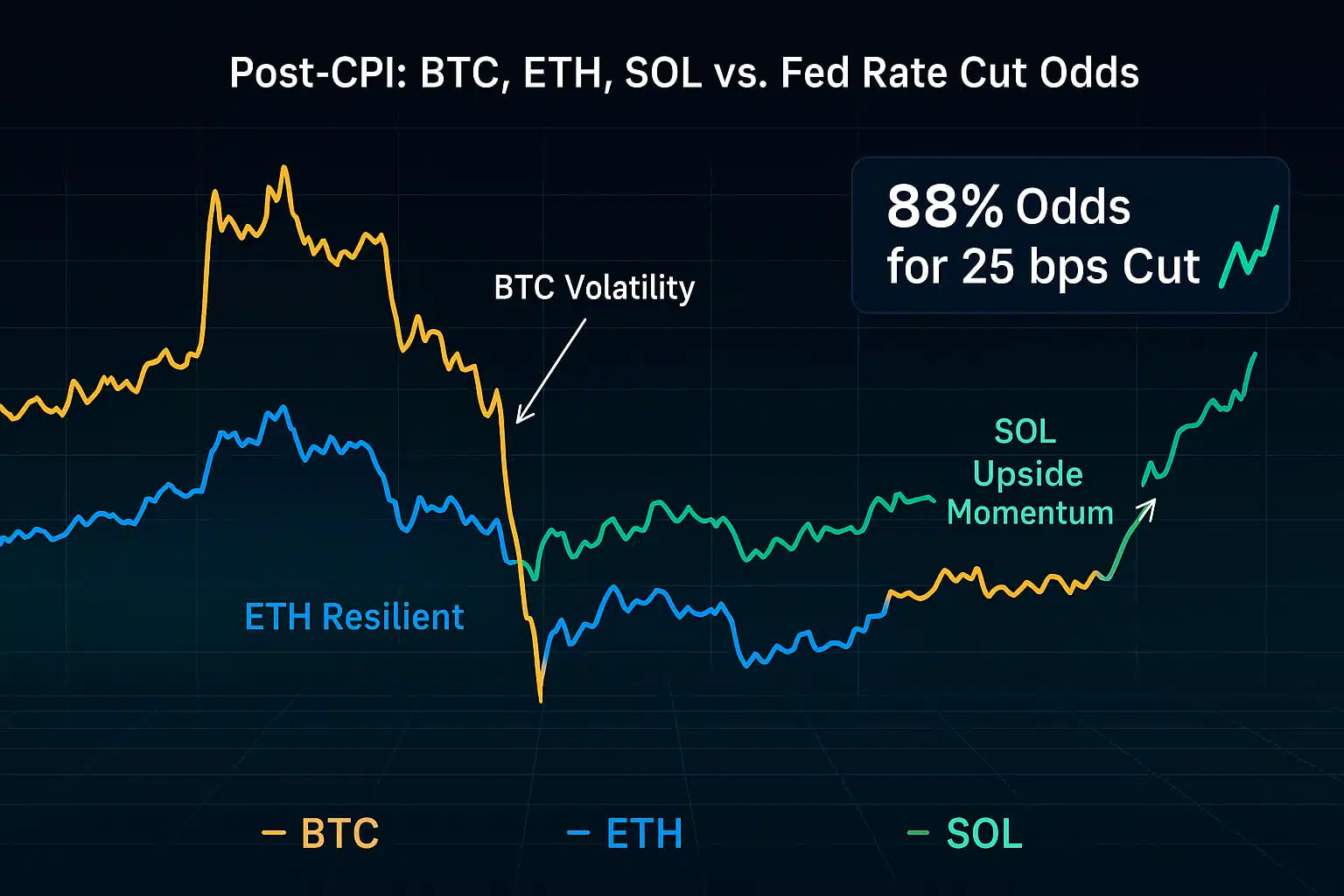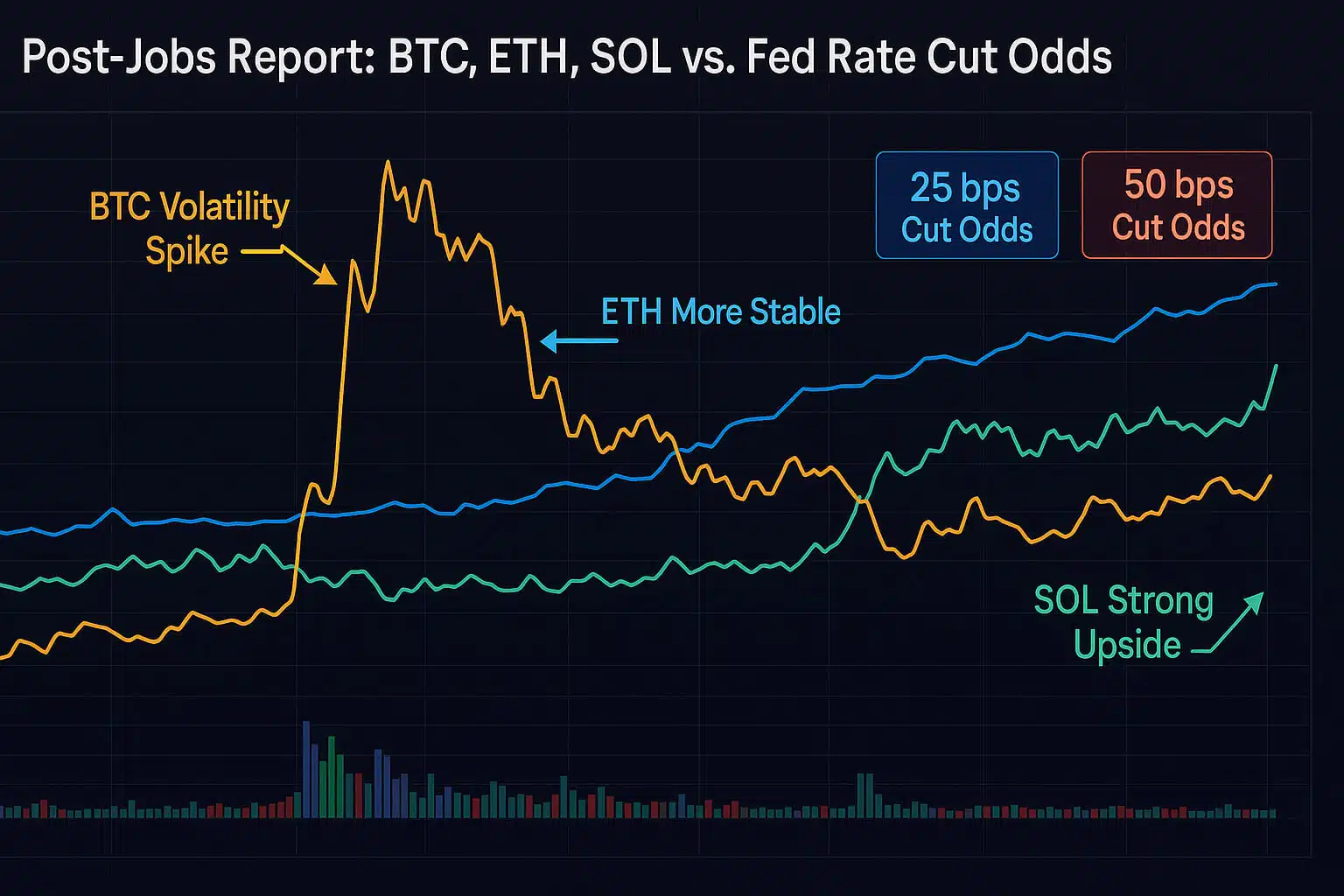1. Why Understanding Crypto Terminology Matters
The world of cryptocurrency is full of unique and often complex terminology that can be overwhelming for newcomers. Whether you’re diving into your first Bitcoin investment, exploring decentralized finance (DeFi), or simply trying to understand what a “blockchain” is, mastering the language of crypto is essential. A strong grasp of these terms will not only help you navigate the crypto space more effectively but also enable you to make informed decisions about your investments and participation in this rapidly evolving market. In this comprehensive glossary, we break down key cryptocurrency terms for beginners, providing clear and concise definitions to help you get started.
2. Cryptocurrency Basics
A. Blockchain
- Definition: A decentralized digital ledger that records transactions across a network of computers. Blockchains are the underlying technology behind most cryptocurrencies, ensuring transparency and security.
- Example: Bitcoin and Ethereum both operate on their own blockchains, where all transactions are recorded in a public and immutable ledger.
B. Cryptocurrency
- Definition: A digital or virtual currency that uses cryptography for security and operates independently of a central authority, like a bank or government.
- Example: Bitcoin, Ethereum, and Litecoin are popular cryptocurrencies that can be traded, invested in, or used for various transactions.
C. Bitcoin (BTC)
- Definition: The first and most well-known cryptocurrency, created by an anonymous person or group known as Satoshi Nakamoto in 2009. Bitcoin is often referred to as digital gold due to its store of value properties.
- Example: Bitcoin is used as both a currency and a long-term investment, with its value driven by supply, demand, and market speculation.
D. Altcoin
- Definition: Any cryptocurrency other than Bitcoin. “Altcoin” is short for “alternative coin,” and this term covers thousands of different cryptocurrencies, including Ethereum, Ripple, and Cardano.
- Example: Ethereum is the most popular altcoin, known for its smart contract functionality, which allows developers to create decentralized applications (dApps) on its blockchain.
E. Wallet
- Definition: A digital tool or software that stores your cryptocurrencies. Wallets can be “hot” (connected to the internet) or “cold” (offline, providing extra security).
- Example: MetaMask is a popular hot wallet that allows users to store, send, and receive Ethereum and other ERC-20 tokens.
F. Private Key
- Definition: A secret code that allows you to access and control your cryptocurrency. It is crucial to keep your private key secure, as anyone with access to it can control your assets.
- Example: When you create a new wallet, you’re given a private key, which you must store securely, as it grants full access to your cryptocurrencies.
G. Public Key
- Definition: A cryptographic code that allows others to send cryptocurrency to your wallet. It’s like an email address, but for receiving cryptocurrency.
- Example: You can share your public key with others so they can send you Bitcoin or other cryptocurrencies without exposing your private key.
H. Address
- Definition: A string of alphanumeric characters derived from your public key that represents a destination for cryptocurrency transactions. It’s where you receive your crypto.
- Example: A Bitcoin address might look something like this: “1A1zP1eP5QGefi2DMPTfTL5SLmv7DivfNa.”
3. Understanding Crypto Trading
A. Exchange
- Definition: A platform where users can buy, sell, and trade cryptocurrencies. Exchanges can be centralized (CEX) or decentralized (DEX).
- Example: Binance and Coinbase are popular centralized exchanges, while Uniswap is a leading decentralized exchange.
B. Liquidity
- Definition: The ease with which an asset can be converted into cash or other cryptocurrencies without affecting its price. High liquidity means there are lots of buyers and sellers.
- Example: Bitcoin is highly liquid because it has a large number of active buyers and sellers, allowing for quick trades at stable prices.
C. Market Cap
- Definition: Short for “market capitalization,” it’s the total value of a cryptocurrency, calculated by multiplying the current price by the total supply of coins in circulation.
- Example: If a cryptocurrency has a supply of 1 million coins and each coin is worth $50, its market cap is $50 million.
D. Bull Market
- Definition: A period during which the prices of assets, such as cryptocurrencies, are generally rising, often leading to increased investor confidence.
- Example: Bitcoin experienced a bull market in 2017, where its price surged from $1,000 to nearly $20,000.
E. Bear Market
- Definition: A period of declining prices, typically marked by widespread pessimism and a decrease in market confidence.
- Example: The cryptocurrency market entered a bear market in 2018, with prices falling significantly from their previous highs.
F. Pump and Dump
- Definition: A scheme where the price of a cryptocurrency is artificially inflated (pumped) before being sold off (dumped) at a higher price, leaving late investors with losses.
- Example: Unscrupulous groups may coordinate on social media to pump the price of a low-liquidity altcoin before selling their holdings en masse.
G. Whale
- Definition: A term used to describe an individual or entity that holds a large amount of cryptocurrency, capable of influencing market prices with their trades.
- Example: When a Bitcoin whale makes a large sell order, it can cause the price of Bitcoin to drop significantly due to the sudden increase in supply.
H. HODL
- Definition: A misspelled version of “hold,” now an acronym for “Hold On for Dear Life.” It’s a strategy where investors keep their cryptocurrency long-term despite market volatility.
- Example: During market dips, HODLers maintain their positions, believing that the price will recover and increase over time.
4. Advanced Crypto Concepts
A. Smart Contract
- Definition: Self-executing contracts with the terms of the agreement directly written into code. Smart contracts run on blockchain networks like Ethereum.
- Example: In decentralized finance (DeFi), smart contracts automate processes such as lending, borrowing, and trading without the need for intermediaries.
B. Decentralized Finance (DeFi)
- Definition: A movement that leverages blockchain technology to recreate traditional financial services in a decentralized manner, removing intermediaries like banks.
- Example: DeFi platforms like Aave allow users to lend and borrow cryptocurrencies directly from each other without a bank.
C. Non-Fungible Token (NFT)
- Definition: A unique digital asset that represents ownership of a specific item, artwork, or piece of content, secured by blockchain technology.
- Example: The digital artist Beeple sold an NFT of his artwork for $69 million, demonstrating the value and uniqueness of these tokens.
D. Proof of Work (PoW)
- Definition: A consensus mechanism used by blockchains, such as Bitcoin, where miners solve complex mathematical problems to validate transactions and secure the network.
- Example: Bitcoin miners use powerful computers to solve PoW puzzles, which requires significant energy and computational power.
E. Proof of Stake (PoS)
- Definition: An alternative consensus mechanism where validators are chosen to create new blocks based on the number of coins they hold and are willing to “stake” as collateral.
- Example: Ethereum is transitioning from PoW to PoS to make its network more energy-efficient and scalable.
F. Gas Fees
- Definition: Transaction fees paid to miners on a blockchain like Ethereum to process and validate transactions. The fees vary depending on network congestion.
- Example: When the Ethereum network is busy, gas fees can rise significantly, making it more expensive to send transactions or interact with smart contracts.
G. Fork
- Definition: A change or update to a blockchain’s protocol that can result in a split in the blockchain. There are “hard forks” and “soft forks,” with hard forks creating a new, separate chain.
- Example: Bitcoin Cash was created as a result of a hard fork from Bitcoin, offering a version of the blockchain with larger block sizes to increase transaction speed.
H. Staking
- Definition: The process of participating in a proof-of-stake (PoS) blockchain by locking up a certain amount of cryptocurrency to support network operations like validating transactions.
- Example: Investors can stake their Ethereum on the Ethereum 2.0 network to earn rewards, similar to earning interest in a savings account.

5. Navigating the Crypto Ecosystem
A. ICO (Initial Coin Offering)
- Definition: A fundraising method used by cryptocurrency startups to raise capital by selling tokens to investors before the project launches.
- Example: Ethereum’s ICO in 2014 raised over $18 million, providing the funds needed to develop the Ethereum blockchain.
B. Airdrop
- Definition: A distribution of cryptocurrency tokens, usually for free, to a large number of wallet addresses. Airdrops are often used as a marketing tool or as rewards for early adopters.
- Example: Holders of Ethereum received free tokens during the Uniswap airdrop, which helped promote the decentralized exchange.
C. Mining
- Definition: The process of using computing power to validate transactions and add them to a blockchain, usually rewarded with newly minted cryptocurrency.
- Example: Bitcoin miners receive a reward in BTC for successfully mining a block and adding it to the Bitcoin blockchain.
D. Yield Farming
- Definition: A DeFi strategy where users lend or stake their cryptocurrency in return for interest or additional tokens, often involving multiple DeFi platforms to maximize returns.
- Example: A user might deposit their stablecoins into a lending platform like Compound and then stake the earned tokens on another platform for additional rewards.
E. Stablecoin
- Definition: A type of cryptocurrency that is pegged to a stable asset, such as the US dollar, to reduce volatility and provide a reliable store of value.
- Example: Tether (USDT) is a popular stablecoin, with its value consistently pegged to $1 USD.
F. Whitelisting
- Definition: A process used during ICOs or token sales to allow only pre-approved individuals to participate in the sale, ensuring compliance and fairness.
- Example: Before participating in an ICO, you might need to join a whitelist by providing your wallet address and passing KYC (Know Your Customer) verification.
Mastering Crypto Terminology: Your Key to Success in the Crypto World
Understanding cryptocurrency terminology is essential for anyone looking to navigate the complex and rapidly evolving world of digital assets. With this comprehensive glossary for beginners, you now have the foundational knowledge needed to engage with the crypto community, make informed investment decisions, and explore the vast opportunities within the cryptocurrency space. As you continue your journey, keep this glossary handy—it’s your key to unlocking a deeper understanding of the crypto world.
For more insights and detailed guides on cryptocurrency, visit our Cryptocurrency Comparisons Guides.
Stay Updated
For the latest tips and strategies on cryptocurrency and blockchain, follow us on:
Stay informed with the latest strategies and insights in the world of cryptocurrency at FreeCoins24.io.
Special Offer
Ready to apply your crypto knowledge? Sign up on Bybit today and take advantage of up to $30,000 in deposit bonuses. Start trading with confidence on a trusted platform.







